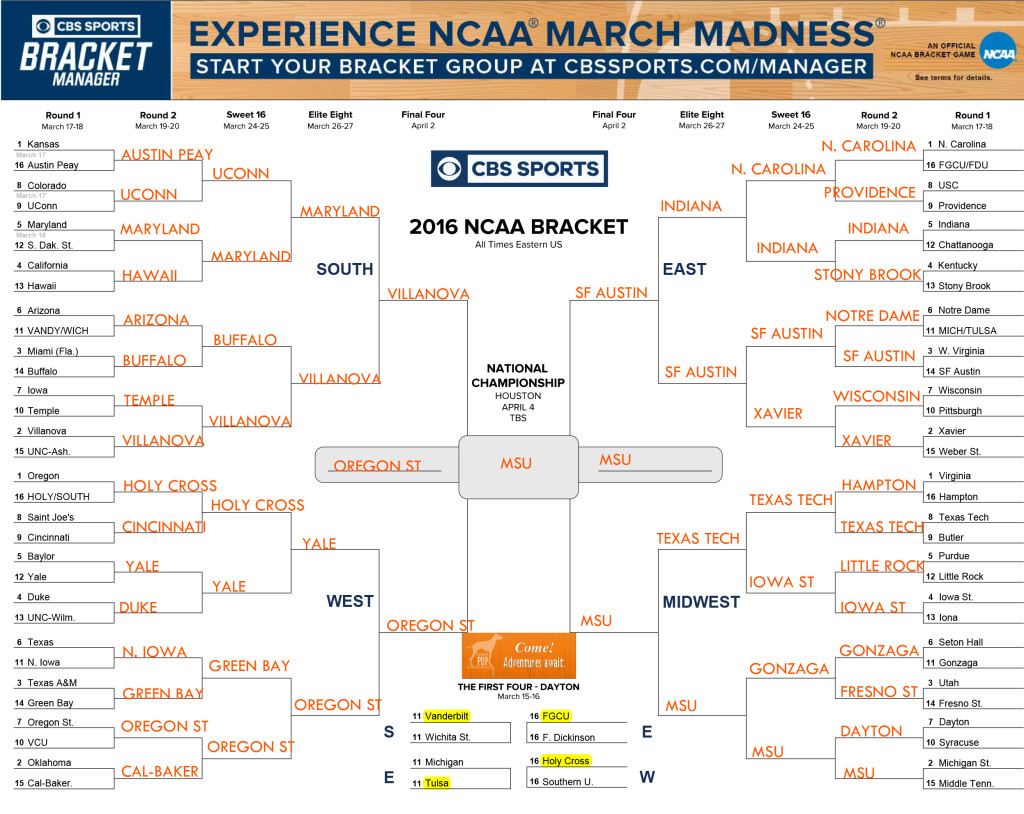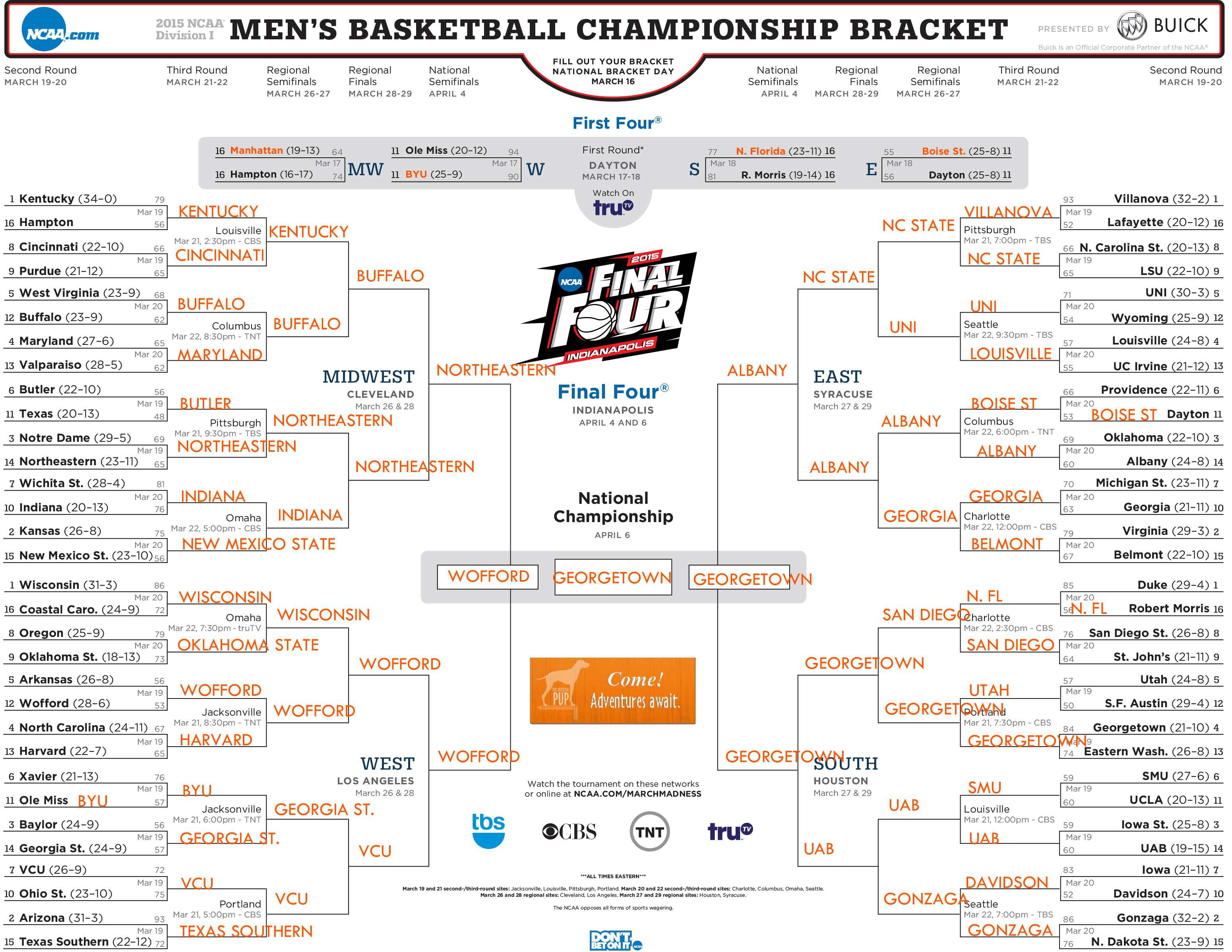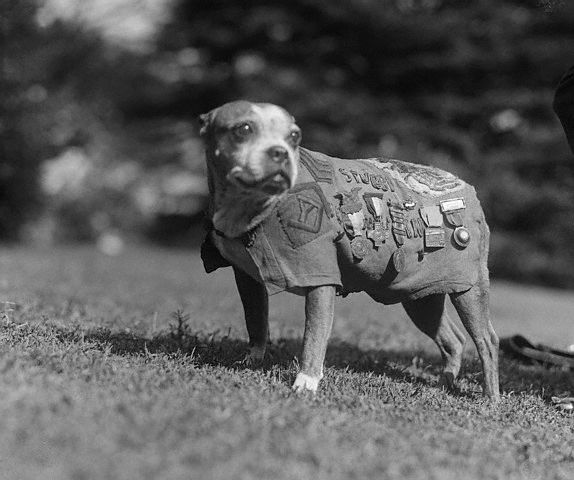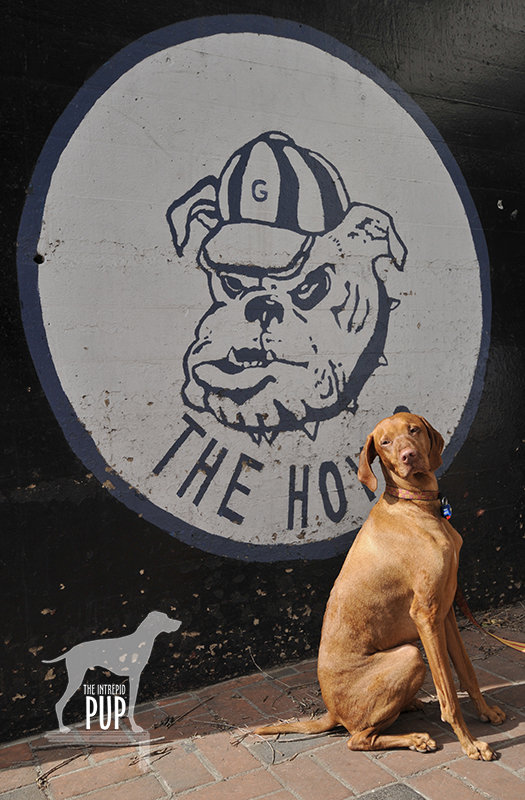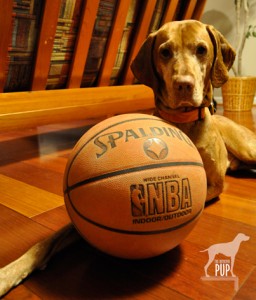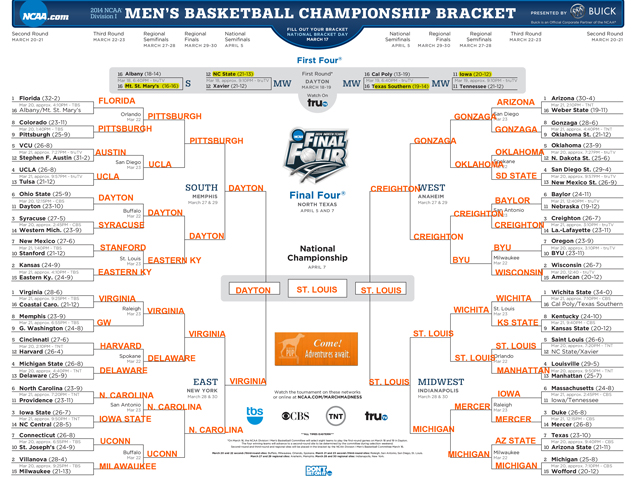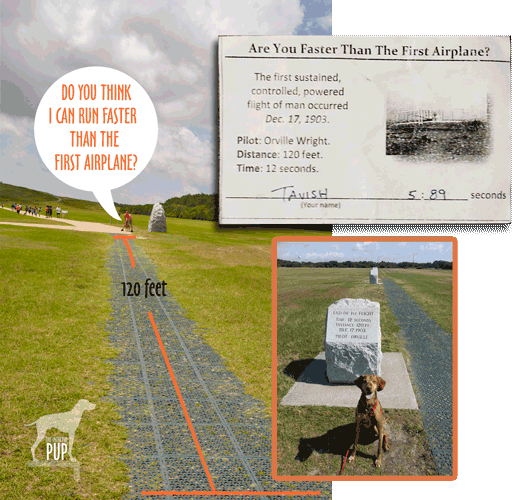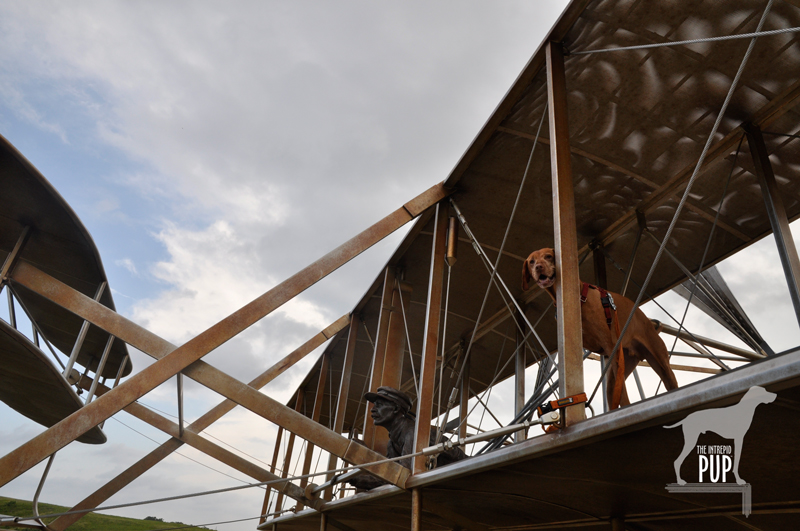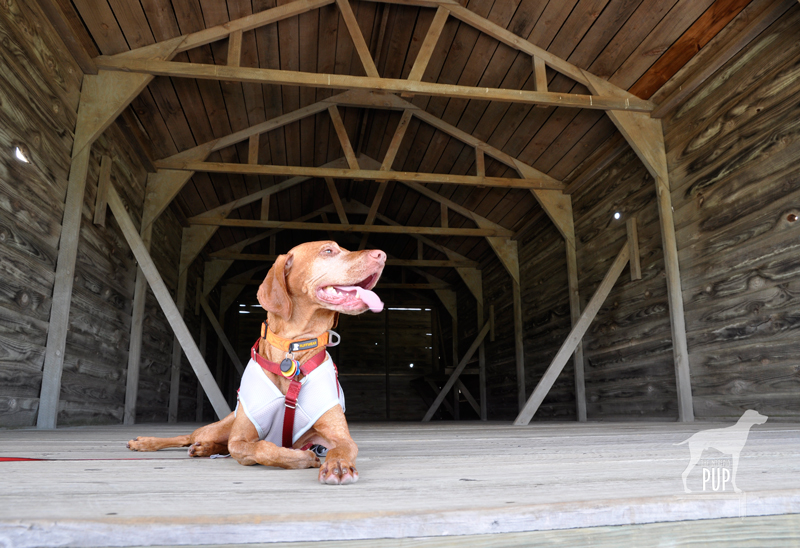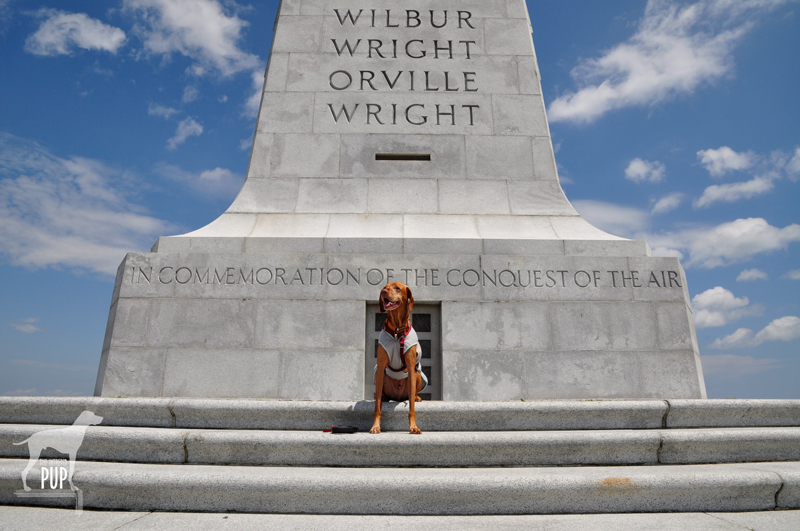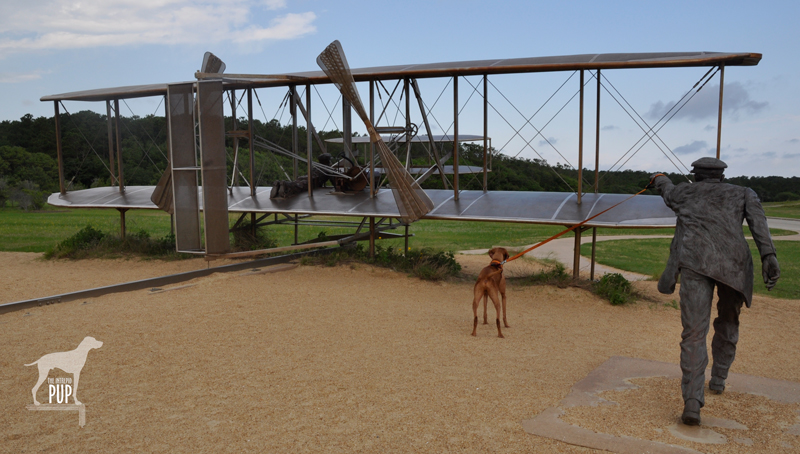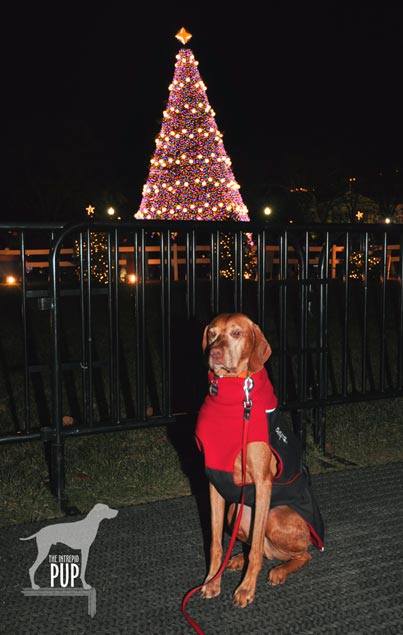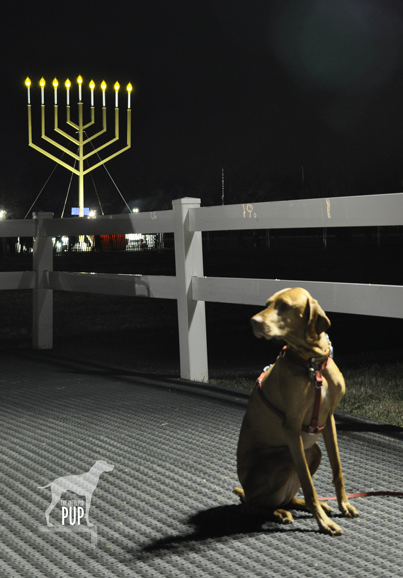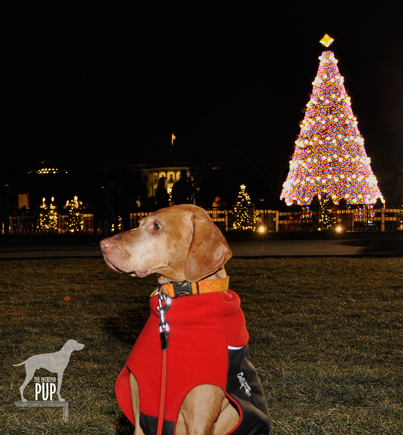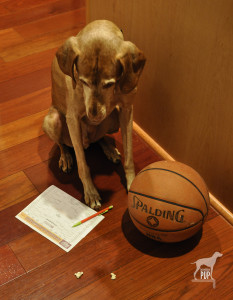
Tavish making his 2016 prognostications with the help of kernels of Quinn popcorn.
Ok, folks, Intrepid Pup Tavish has completed his picks for the much-vaunted March Madness. For readers who’ve loyally followed through the years, it should come as no surprise that he’s once again made some surprising predictions.
Never has a #16 seed beaten a #1 seed in the first round. But wait no longer, because Tavish is here to tell you that oh, it’s gonna happen. Not just once, but three times in this tourney. And it all starts now!
Team Tavish once again acted as the enabler for Tavish’s singular “bracketology.” Tavish’s key motivator for making wacky picks anything is food. Click here for a throwback to Tavish’s first-ever descent into March Madness and see how we keep the process as unbiased as possible. As a quick recap, every year we switch up the “treat” for variety’s sake. This year, colleges’ hoop dreams were embodied by kernels of organic Quinn popcorn (butter & sea salt, to be precise). Yummy! And it meant we got to eat some, too.
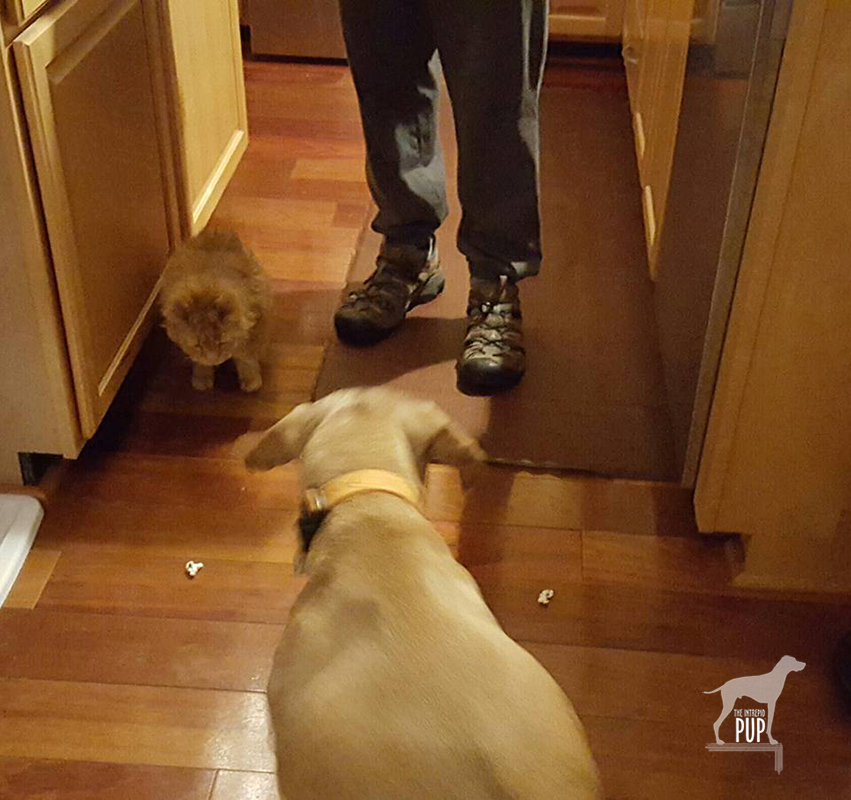
Tavish in action mode: Intrepid Pup Bracketology requires zen-like concentration!
We orchestrated the picks over the course of two nights to minimize the binge factor. Tavish plants himself into a concentrated “sit” while we show him two kernels of popcorn that we’ve verbally ascribed to two teams in the matchup. We place them evenly in front of him and say, “Okay, pick!” And he does! Usually it’s with a swift and decisive swipe of the tongue. Then we do it 66 more times to complete the bracket. This year he seemed to show a bit more circumspection. In the conundrum of #15 Weber State vs. #2 Xavier, for instance, he gazed long and hard at each kernel—a good 10 seconds apiece! (*forehead slap* – should’ve taken a video)—before committing to Xavier. We’re glad to see he’s taking this whole thing seriously! Honestly, we don’t know what he’s thinking, but this year he seemed to have little crushes on Gonzaga and Yale and took them fairly deep into the tourney . . . could it be because they have bulldogs as mascots? Another departure from the norm was that our 19-year-old cat Hobbes showed unprecedented interest in this year’s proceedings. Usually an impartial observer from afar, Hobbes warmed up and took on a considerably more visible role as an enforcer of quality control. In fact, as Tavish was mulling over his Holy Cross/Yale decision, Hobbes snuck in and tried to exert undue influence by batting around the “Holy Cross” kernel. Tavish picked “Yale”. Maybe because of the bulldog thing or maybe just to be contrary. We’ll never know, and he’s not telling.
So, it’s a mad, mad, mad, mad world. And—if you believe Intrepid Pup Tavish—here’s how it’s all going down:

